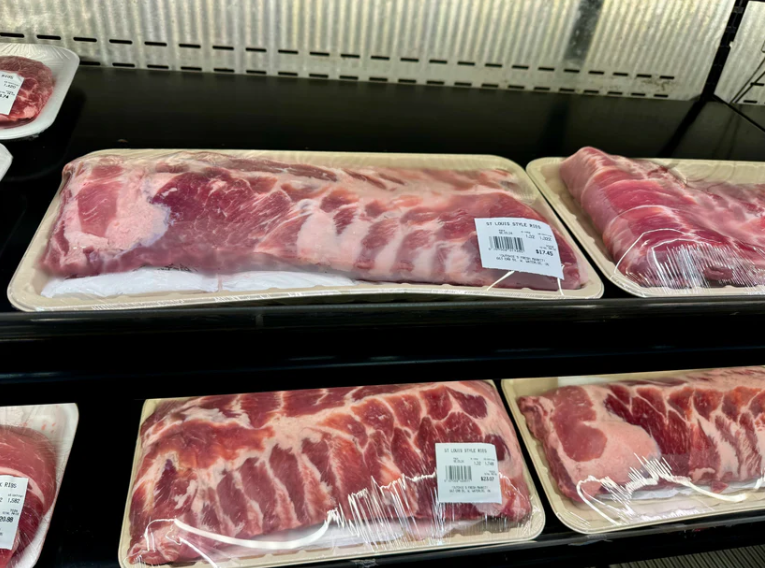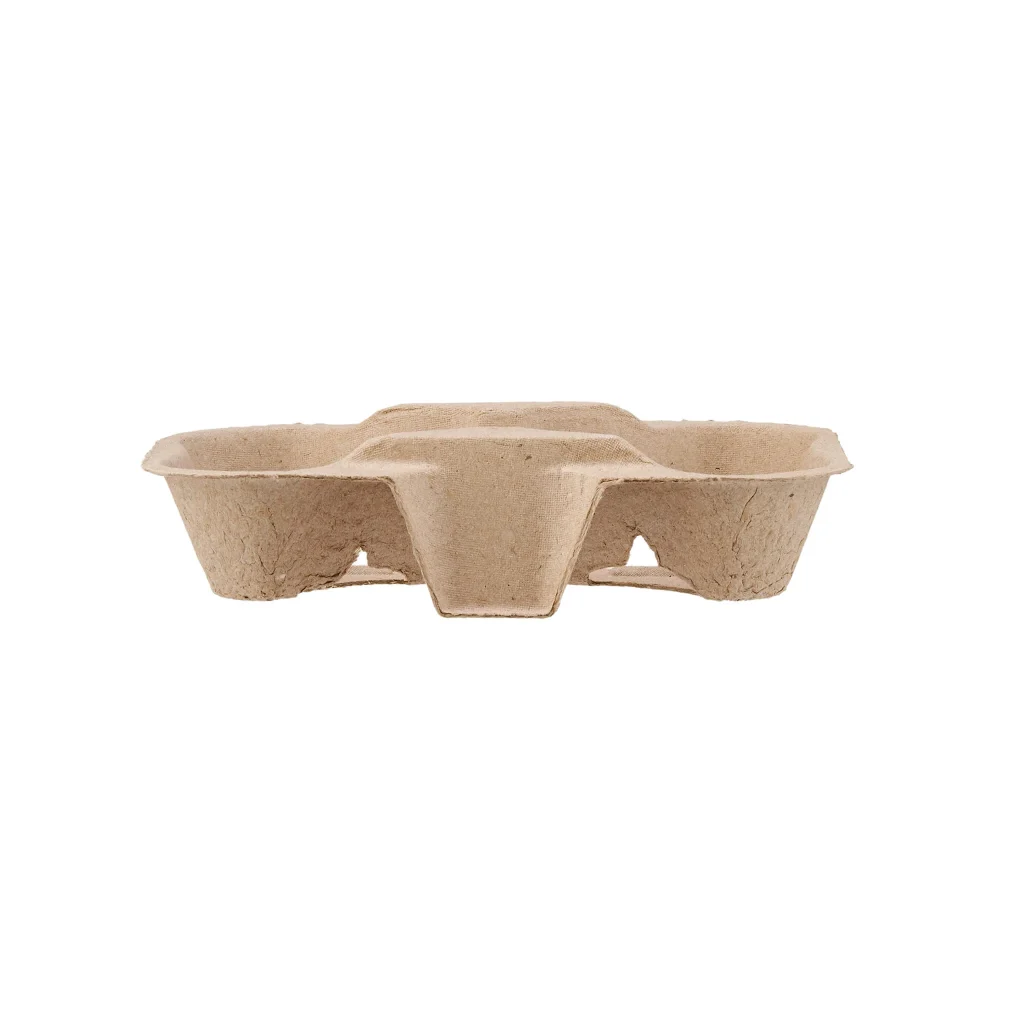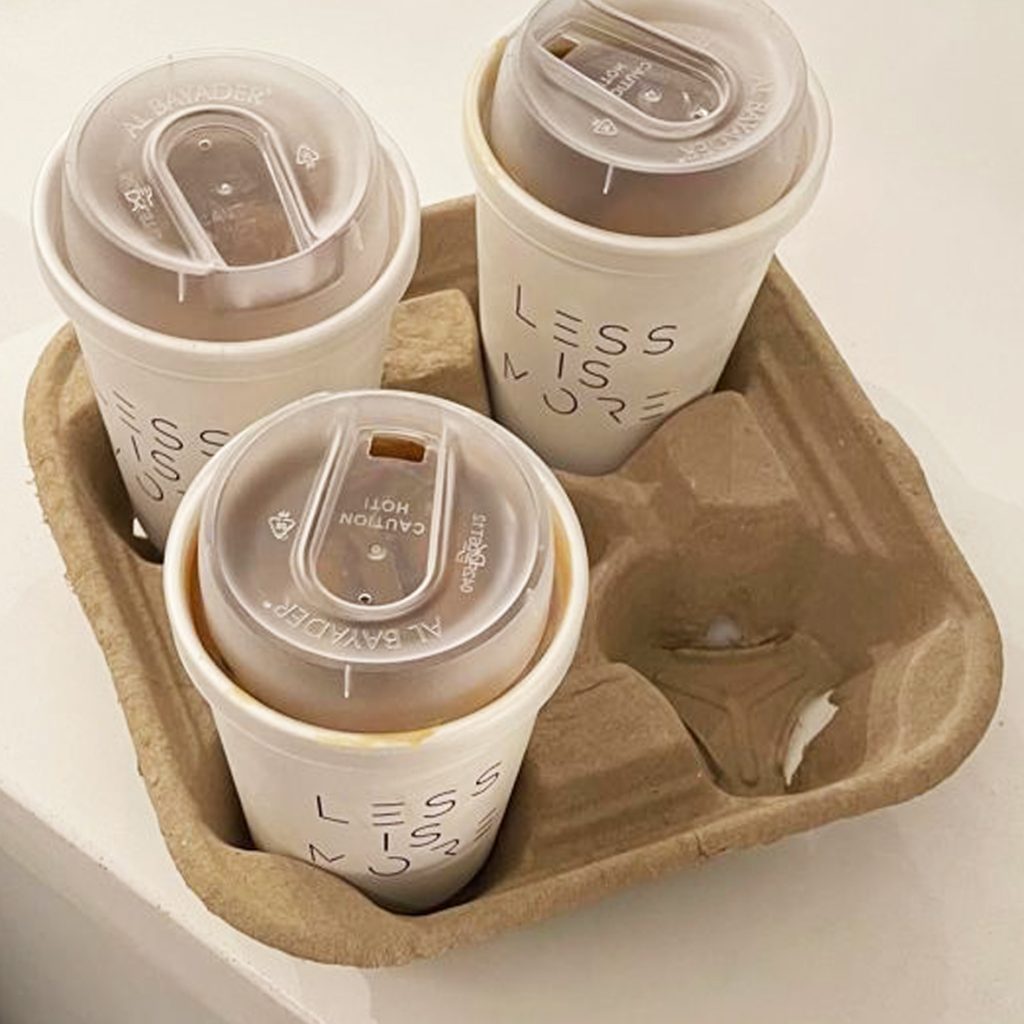As global awareness of environmental issues continues to grow, the burden of traditional single-use food packaging on our planet has become a pressing concern. In response to this challenge, an increasing number of eco-friendly packaging materials and products have emerged. These green alternatives are not only essential for reducing pollution but also play a vital role in conserving natural resources and combating climate change. This article delves into the types of sustainable packaging materials, their benefits, and how to properly dispose of them, helping consumers and businesses make more environmentally conscious choices.

Hot! GreenPack Fresh Meat Tray 52oz
The Definition of Eco-Friendly Food Packaging
Eco-friendly food packaging refers to packaging solutions that have the least possible impact on the environment throughout their lifecycle, from production to disposal. Unlike conventional plastic packaging, eco-friendly packaging typically uses sustainable materials that are biodegradable, compostable, or recyclable. These packaging options are crucial for reducing the massive amount of waste generated by single-use plastics, especially in the food industry.
Main Materials for Eco-Friendly Food Packaging
Bamboo Fiber Containers
Bamboo fiber is a natural and renewable resource, known for its rapid growth and sustainable harvesting. The production process of bamboo fiber containers is relatively eco-friendly, and they offer the following advantages:
-
Advantages: Durable, lightweight, compostable, and have good thermal insulation properties.
-
Disadvantages: The sealability for long-term contact with liquid foods may be slightly inferior.
-
Cost-Effectiveness: Moderately priced and suitable for businesses focused on sustainability.
-
Environmental Impact: Fully compostable and environmentally friendly.
Bagasse Containers
Bagasse, the residue left after sugarcane is crushed for sugar, is an abundant agricultural byproduct. Using bagasse to make food containers is an innovative eco-friendly solution:
-
Advantages: Compostable, durable, lightweight, and heat-resistant.
-
Disadvantages: Not ideal for long-term storage of wet foods.
-
Cost-Effectiveness: Moderately priced and suitable for large-scale use.
-
Environmental Impact: Fully compostable in industrial composting facilities.
Starch-Based Plastics (PLA)
PLA (Polylactic Acid) is a type of bioplastic made from renewable resources like cornstarch, serving as an alternative to traditional petroleum-based plastics:
-
Advantages: Compostable under industrial conditions, transparent, and aesthetically pleasing.
-
Disadvantages: Deforms at high temperatures and not suitable for hot food packaging.
-
Cost-Effectiveness: Slightly more expensive than traditional plastics.
-
Environmental Impact: Reduces dependence on fossil fuels.
Paper Containers
Paper containers are commonly used for food packaging and may be coated with a layer of polyethylene (PE) or PLA to make them waterproof and oil-resistant:
-
Advantages: Widely recyclable if using PE coating, or compostable if using PLA coating.
-
Disadvantages: PE-coated containers are not compostable, and PLA-coated ones require industrial composting facilities.
-
Cost-Effectiveness: Affordable for large-scale food service use.
-
Environmental Impact: Reduces landfill waste through recycling or composting.

Green biodegradable and compostable food containers
Reusable Containers
Made from durable materials like glass, stainless steel, or silicone, reusable containers are an excellent choice for reducing long-term waste:
-
Advantages: Long-lasting, non-toxic, and versatile.
-
Disadvantages: Higher initial cost.
-
Cost-Effectiveness: Economical over time with repeated use.
-
Environmental Impact: Significantly reduces waste.
Recyclable Containers
Materials like aluminum, cardboard, polypropylene (PP), and polyethylene terephthalate (PET) are commonly used for recyclable containers:
-
Advantages: Lightweight and suitable for both hot and cold food.
-
Disadvantages: Recycling depends on local infrastructure.
-
Cost-Effectiveness: Affordable for single-use and large-scale food packaging.
-
Environmental Impact: Reduces landfill waste when properly recycled.
Natural Material Containers
Containers made from natural materials like palm leaves or seaweed paper are biodegradable and have an appealing natural look:
-
Advantages: Fully compostable and aesthetically pleasing.
-
Disadvantages: Limited durability for liquid-based foods.
-
Cost-Effectiveness: Suitable for premium eco-conscious markets.
-
Environmental Impact: Decomposes naturally without special facilities.
Are These Packaging Materials Suitable for Hot or Cold Food?
Here is a summary of the characteristics of the above materials:
| Material |
Hot Food |
Cold Food |
Microwave-Safe |
Oven-Safe |
Usage Limitations |
Recyclable |
Compostable |
| Bamboo Fiber |
Yes |
Yes |
Yes |
Limited |
Not ideal for long-term liquid storage |
No |
Yes |
| Starch-Based Plastic (PLA) |
No |
Yes |
No |
No |
Melts at high temperatures |
No |
Yes |
| Paper (PE-Coated) |
Yes |
Yes |
No |
No |
Not compostable |
Yes |
No |
| Glass |
Yes |
Yes |
Yes |
Yes |
Fragile, heavier than alternatives |
Yes |
No |
| Stainless Steel |
Yes |
Yes |
No |
Yes |
Expensive |
Yes |
No |
| Palm Leaf |
Yes |
Yes |
No |
No |
Limited durability |
No |
Yes |
Can These Eco-Friendly Containers Be Used in the Microwave or Oven?
-
Microwave-Safe: Glass, stainless steel (if uncoated), and some bamboo fiber containers are safe to use.
-
Oven-Safe: Glass and stainless steel containers are the most reliable options.
-
Not Safe: PLA and natural material containers degrade under high heat.
Always check product labels for specific heating guidelines before use.
Do These Containers Really Decompose?
Not all eco-friendly containers decompose in the same way:
-
Industrial Composting Required: Materials like PLA and coated paper need commercial facilities to fully break down.
-
Natural Decomposition: Bamboo fiber and natural materials can decompose in standard composting setups.
-
Recyclable Materials: While they do not decompose, they can be reprocessed into new products, reducing waste.
How Should Consumers Dispose of These Containers?
To ensure these containers fulfill their environmental promise, consumers should:
-
Compost: Use home or industrial composting for certified compostable items.
-
Recycle: Clean and sort recyclable materials according to local guidelines.
-
Reuse: Opt for glass, stainless steel, or silicone containers whenever possible.
Proper disposal is key to maximizing the environmental benefits of these containers.
The Future of Eco-Friendly Food Packaging
With advancements in technology and increasing consumer demand for green products, the market for eco-friendly food packaging is rapidly evolving. In the future, we can expect more innovative materials and designs that are not only environmentally friendly but also match the functionality and cost-effectiveness of traditional packaging. For example, researchers are developing new types of bioplastics that decompose more quickly in natural environments while maintaining the performance of conventional plastics. Additionally, improvements in recycling and composting infrastructure will make it easier for more people to properly dispose of these eco-friendly packaging materials.

Eco-friendly food packaging
Conclusion
Eco-friendly food packaging represents a significant step forward in reducing the environmental footprint of food packaging. By understanding the materials and their disposal requirements, consumers and businesses can make choices that align with sustainability goals. Opting for eco-friendly food packaging not only helps protect the environment but also drives society toward a greener and more sustainable future.








